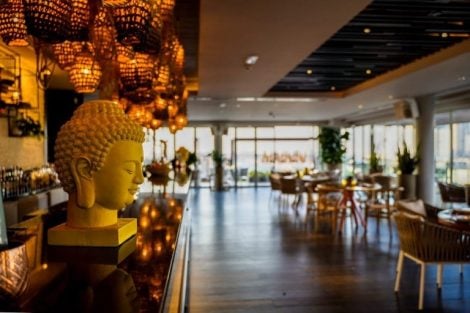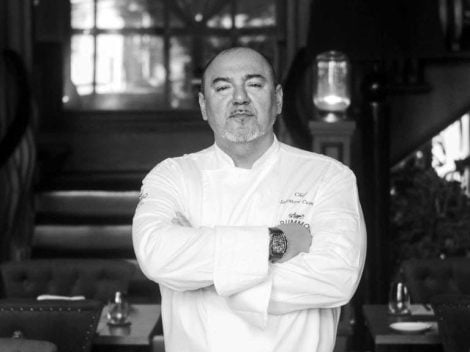Fontuccia is a “modus vivendi”—all of Giglio Island has a special charm, as long as you know how to listen to it. This is exactly what the Rossi brothers, Giovanni and Simone, did. They had left the island, which as kids offers fun only in the summer, only to return by choice as adults. Giovanni, a graduate in economics and commerce, decided at one point to return to Ithaca, like a modern Ulysses, to make wine on his island.
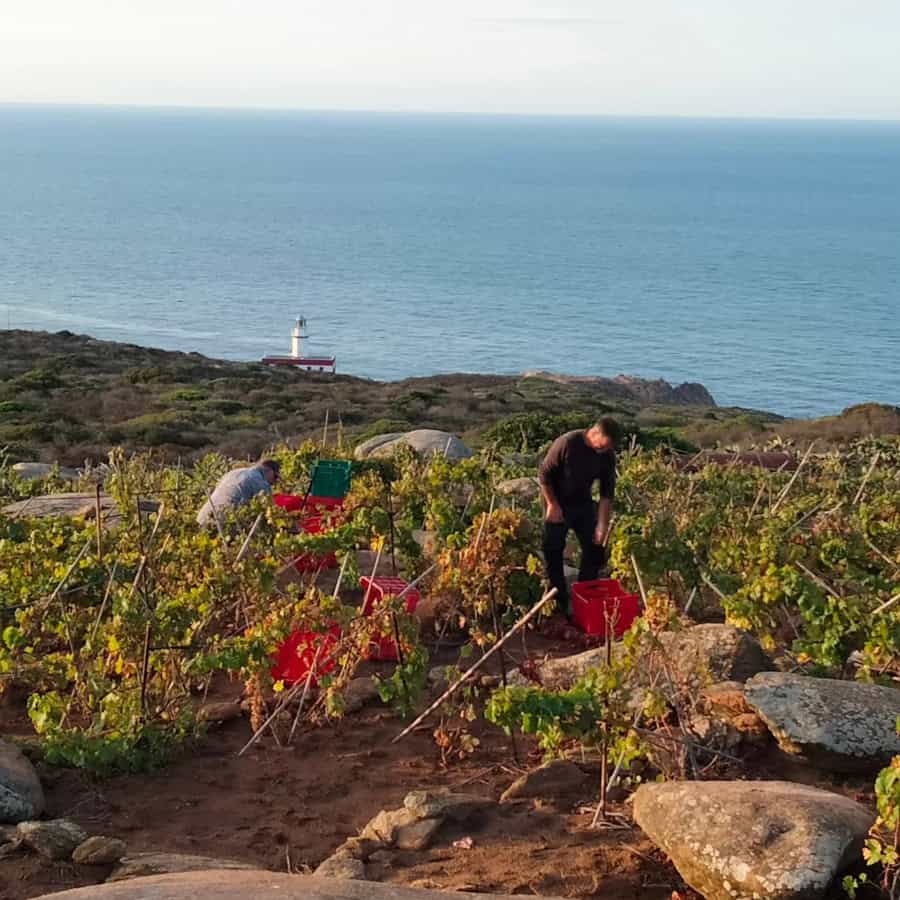
Caperrosso 2023, Tre Bicchieri Gambero Rosso
Believing in it fully, believing until they reached Tre Bicchieri for the first time with the cru Caperrosso, born from a vineyard from the 1940s, the southernmost on the island. It represents a border because the island ends right after. A wine of disarming finesse, that goes beyond the aromatic and fleshy depth of the ansonica grape, remaining imprisoned in the lightness of the scents of rock, wild herbs, yellow flowers, sea cliffs, and salt. The award is a milestone, not just personal but for the whole island, with the power and brightness that Ansonaca del Giglio is capable of offering.
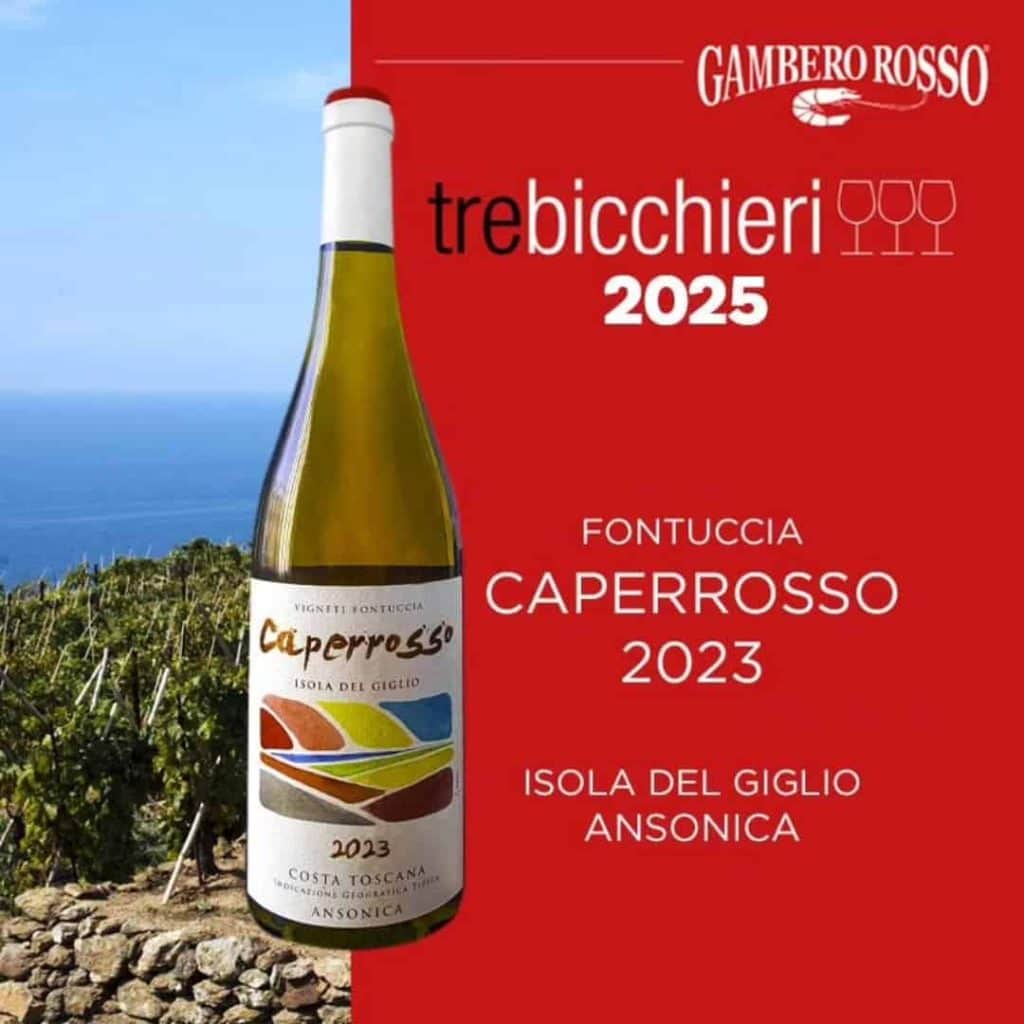
The tradition of Giglio Island
Here, the wine-growing tradition was still alive thanks to the Rossi brothers' relatives, especially their uncle Giorgio and his friend Domenico, known to everyone as Ghego, who at almost 85, is still active in the vineyards that hang over the sea. "With Ghego, we did our master’s in viticulture on the island," jokes Giovanni Rossi. "From the hoe to the glass, everything is done at Giglio, without interruption." Slow and steady wins the race. That’s a bit of their philosophy—those who gradually bought up micro-vineyards along the way, without overdoing it, always keeping the goal of producing an authentic wine that certainly doesn’t need to boast the label of ‘natural,’ because it is so by nature.
It all started with 3,000 square meters of vineyard, right in the Fontuccia area. Today, there are about seven hectares (60% in production), yielding about 13,000 bottles, aiming to reach 18,000–20,000. The first vintage, in 2009, produced just 1,800 bottles. Quite the journey, indeed. "We’ve always aimed to restore vineyards and terraces, fighting the depopulation of the island," says Giovanni Rossi, "by enhancing the land and involving more and more people interested in wine." He concludes, "We are proud to produce a wine that represents the island, and achieving this award rewards us for the many sacrifices and our stubbornness in never giving up."
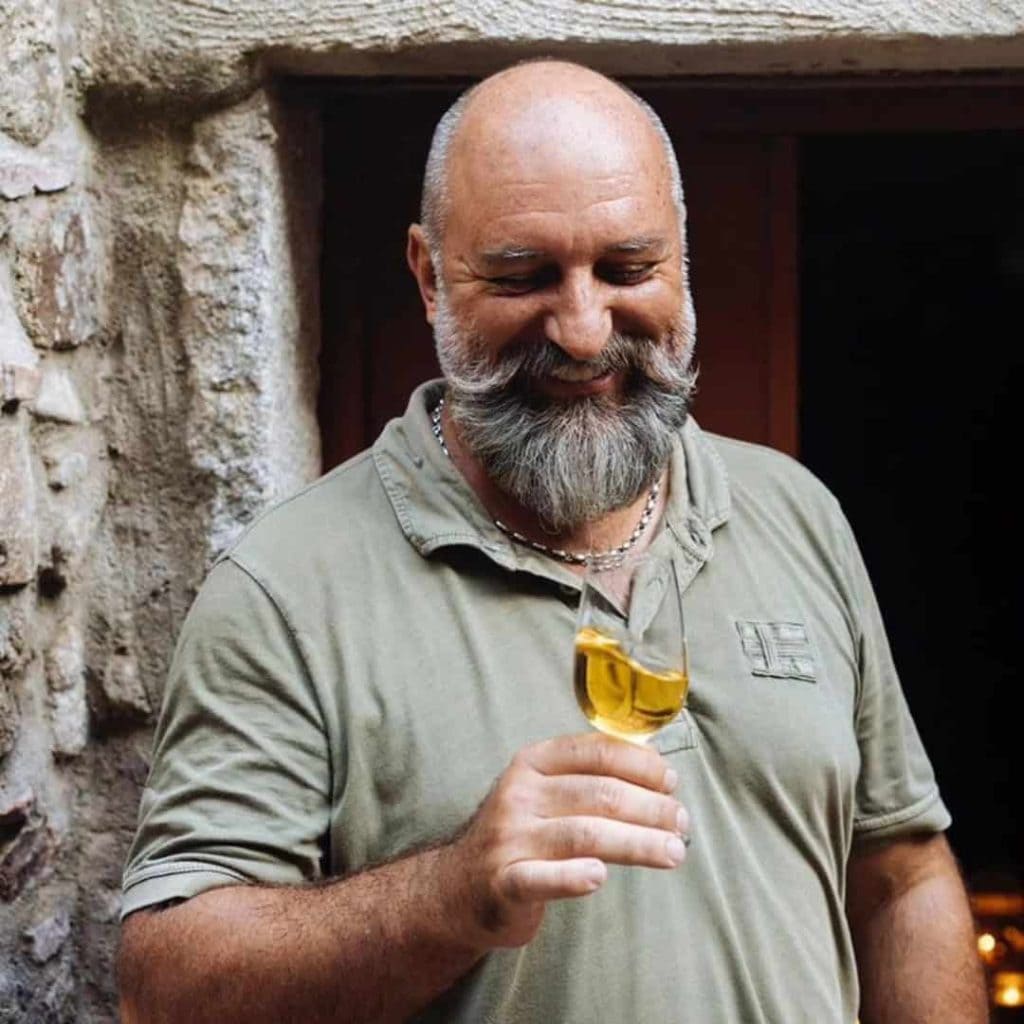
Expanding the winery
Today, they’re also thinking about expansion, being one of the few wineries to still keep their cellar within the historic walls of Giglio Castello. "We’ve acquired another property at Castello to expand the cellar. This is our main investment for the future. We’re excited and, above all, proud. It’s an award sought by many. We’re not a historic winery; we started from scratch. Living on an island brings a strong sense of belonging. We’re a bit arrogant, convinced that nowhere else is as good as here. Everything here is better," he laughs. "We’re unique, just like the wine."
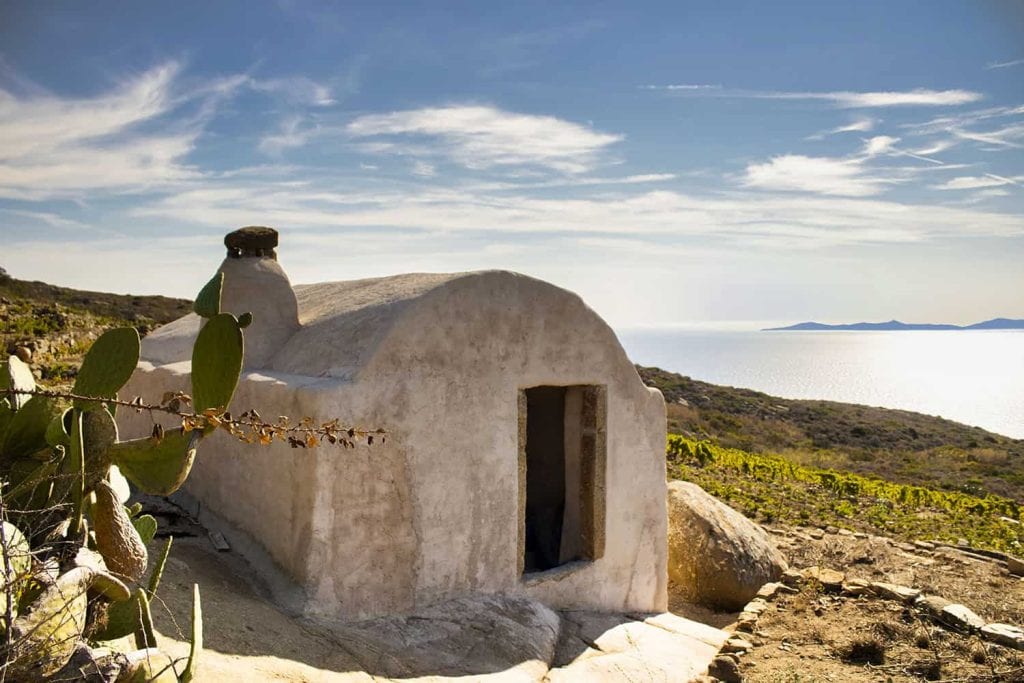
The value of the Territory
"We’re also to blame," Giovanni continues, "for having raised land prices—over the last 15 years, the value has gone up," he laughs. "There’s been an economic boost, too, with outside investors arriving. Ours is a beautiful story overall, like contemporary Cinderellas. The history of wine at Giglio dates back to the Etruscans; we’re the newcomers. There’s beauty in restoring the vineyards, which is also about restoring history, community, and the value of the place. We feel proud to represent the island."
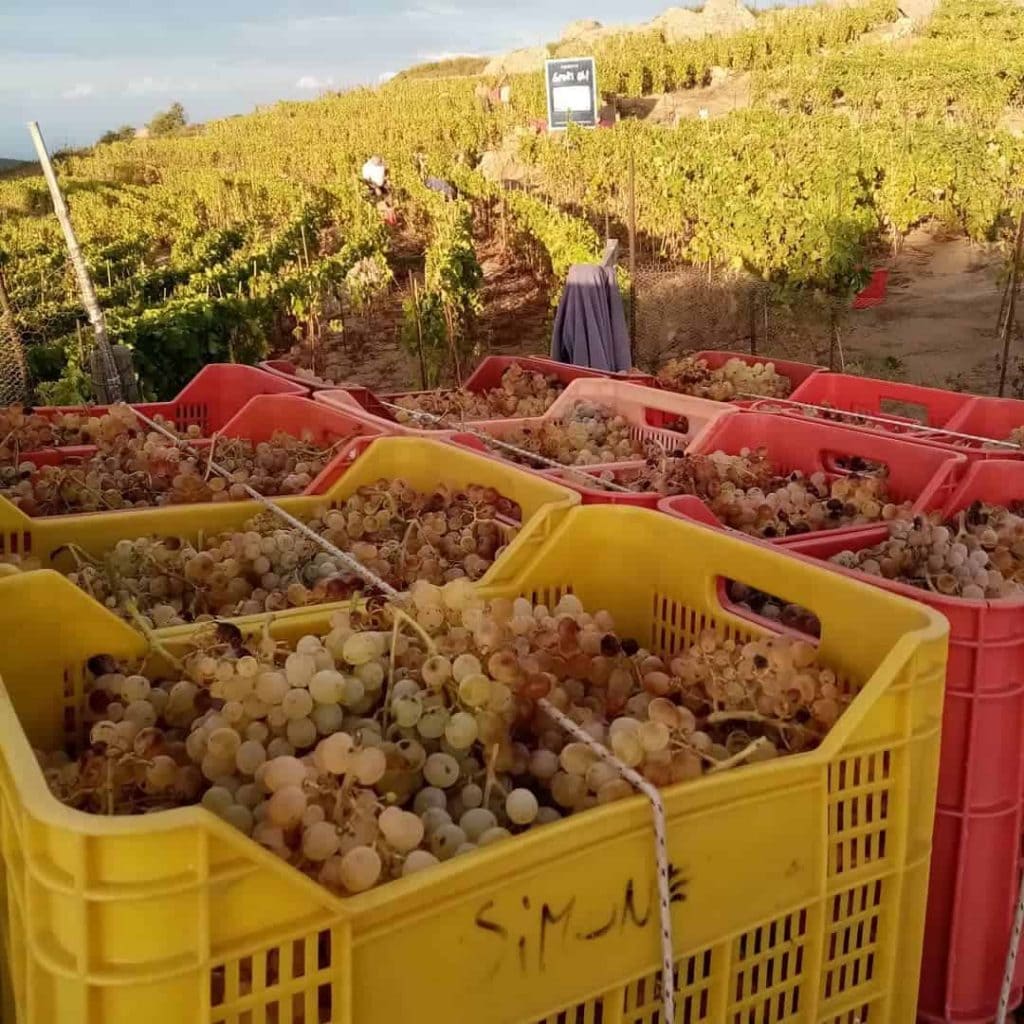
Production
Fontuccia produces six labels, all cru except for Senti Oh, which is a blend of all the grapes selected from the vineyards. There’s also Caperrosso in a Passito version from the oldest vineyard, made only in steel with 3–4 days of maceration. Cocciuto, which is vinified and matured in terracotta amphorae, has a prolonged contact with the skins, reaching six months. Fontuccia, from the highest and youngest vineyard, is made only in steel, while Giovacchino (only 500–600 bottles) comes from the recovery of island-rooted vines around 80 years old. Everything is certified organic. The consulting oenologist is Valentino Ciarla.

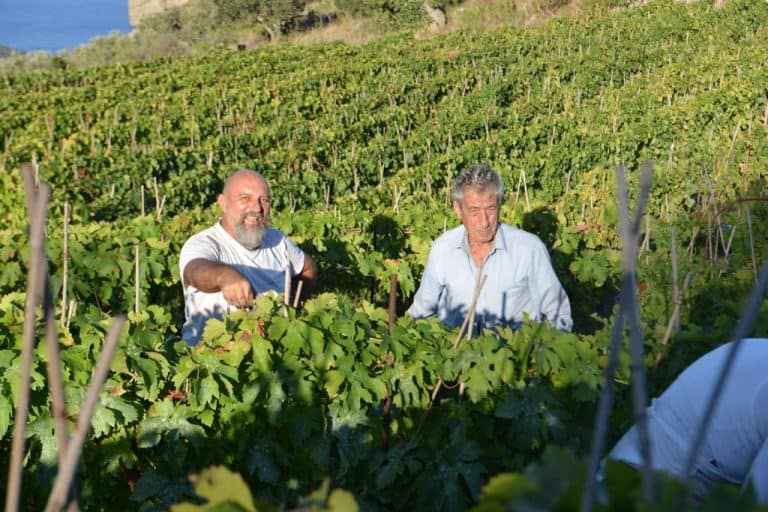
 Women are the best sommeliers. Here are the scientific studies
Women are the best sommeliers. Here are the scientific studies Where to eat at a farm stay in Sicily: the best addresses in the Provinces of Trapani, Palermo, and Agrigento
Where to eat at a farm stay in Sicily: the best addresses in the Provinces of Trapani, Palermo, and Agrigento Wine in cans, bottle-fermented, and alcohol free: the unstoppable change in Gen Z’s tastes
Wine in cans, bottle-fermented, and alcohol free: the unstoppable change in Gen Z’s tastes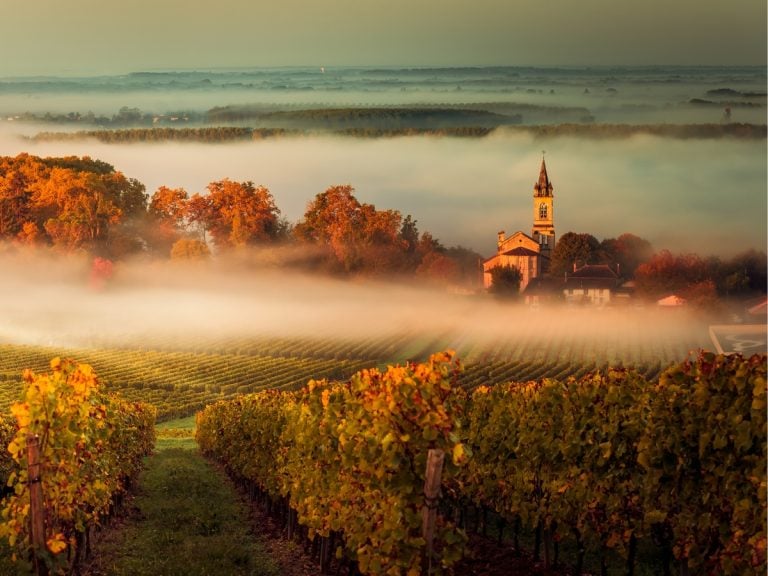 The great Bordeaux exodus of Chinese entrepreneurs: around fifty Châteaux up for sale
The great Bordeaux exodus of Chinese entrepreneurs: around fifty Châteaux up for sale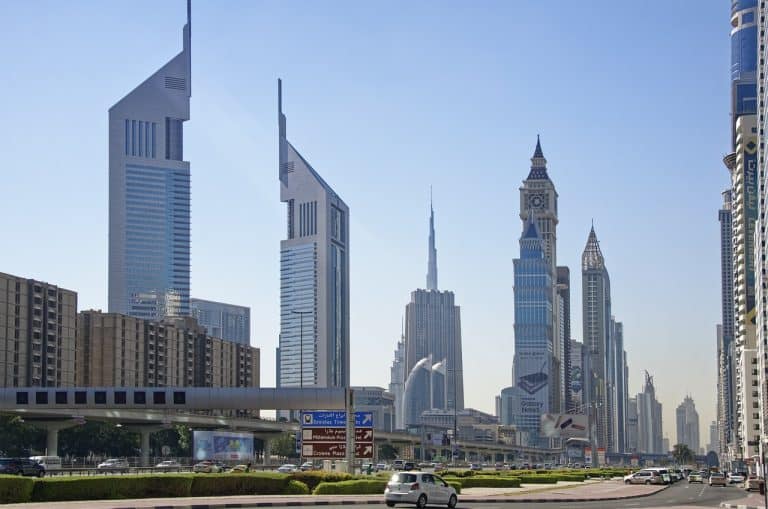 Dubai speaks Italian: a journey through the Emirate's best Italian restaurants
Dubai speaks Italian: a journey through the Emirate's best Italian restaurants



